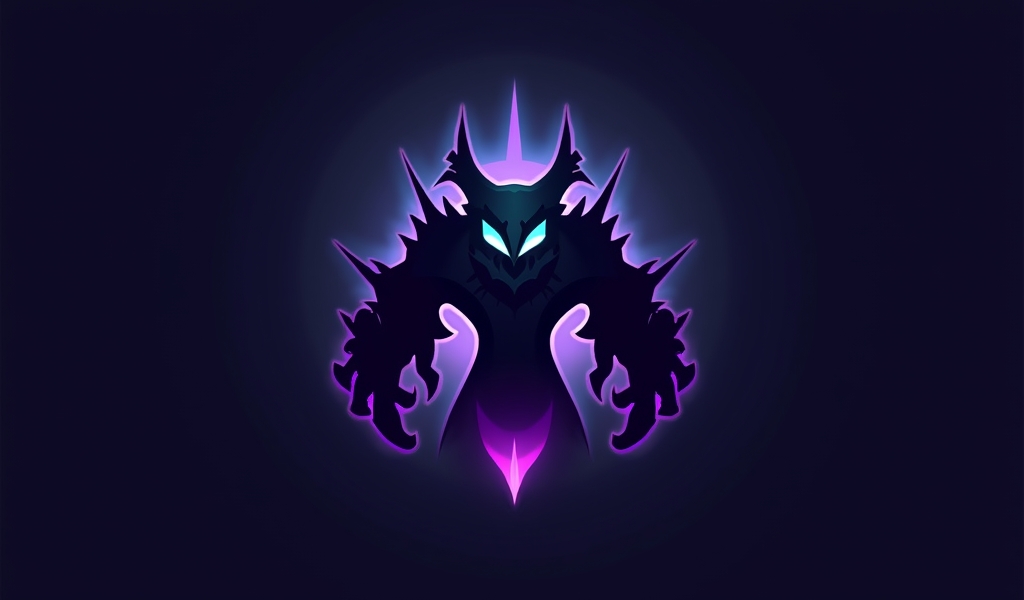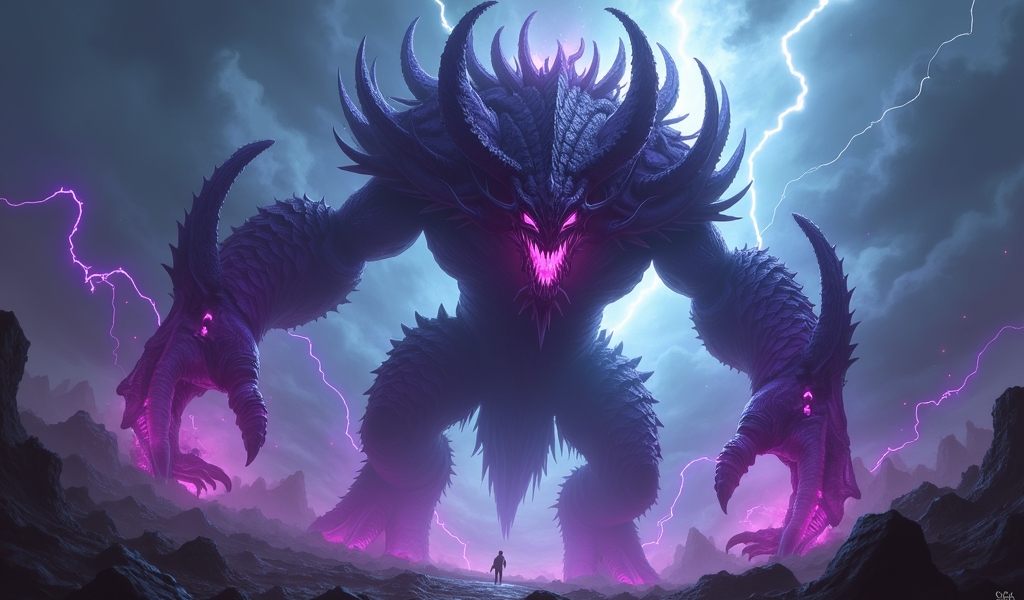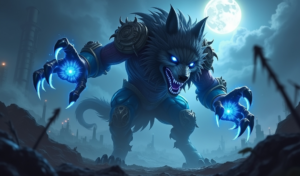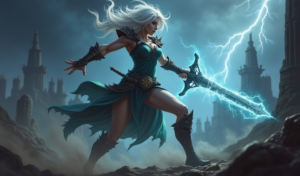Overview
How to play Cho’Gath effectively involves mastering his Feast mechanic to gain permanent health and size while combining his crowd control abilities strategically in fights. The champion excels through proper build path optimization, wave management, and late-game positioning that leverages his massive size to control teamfights and secure objectives with true damage.
Table of Contents
Are you looking to add a versatile, scaling monster to your top lane champion pool? How to play Cho’Gath effectively is a question many summoners ask, and for good reason. This ancient void creature offers an impressive combination of tankiness, crowd control, and surprising burst damage that can catch opponents off guard. What makes Cho’Gath particularly appealing is his ability to literally grow stronger throughout the game, becoming an unstoppable force in the late game while remaining relevant from your very first back.
Whether you’re new to top lane or a seasoned veteran looking to expand your champion pool, these five essential tips will help you master Cho’Gath and start terrorizing your opponents. Let’s dive into what makes this void monster such a formidable presence on Summoner’s Rift.
Tip 1: Master Cho’Gath’s Feast Mechanic
Cho’Gath’s ultimate ability, Feast, is what truly sets him apart from other top laners. This powerful ability allows him to devour enemy champions, large monsters, or minions to gain permanent health and size. Understanding how to maximize this mechanic is crucial to your success.
When playing Cho’Gath, your early priority should be stacking Feast as quickly as possible. Each stack on minions or monsters grants you 80 health (up to 6 stacks), while champion or epic monster takedowns grant 170 health with no maximum limit. A fully stacked Cho’Gath becomes nearly impossible to ignore in teamfights.
Strategic timing of Feast is essential. In the early game, focus on using it to secure cannon minions when it’s safe to do so. As the game progresses, save it for securing objectives like Dragon or Baron, or executing enemy champions below the health threshold. Remember that Feast does true damage, making it extremely effective against tanks.
One common mistake newer Cho’Gath players make is holding onto Feast for too long. While saving it for the perfect moment is tempting, this often results in missed stacking opportunities. If you’re struggling to find good Feast targets on champions, don’t hesitate to use it on minions to continue scaling—a stack now is better than a hypothetical stack later.
Tip 2: Perfect Your Skill Combos
Cho’Gath’s basic abilities create a powerful toolkit that, when used correctly, can devastate opponents:
- Rupture (Q): A delayed knock-up that deals damage in an area
- Feral Scream (W): A cone-shaped silence that slows enemies
- Vorpal Spikes (E): Empowered auto-attacks that deal bonus damage and slow
The standard combo for trading begins with landing your Q (Rupture). This is admittedly the trickiest part of playing Cho’Gath effectively. Since Rupture has a significant delay, you’ll need to predict enemy movement rather than aiming directly at their current position. Once you’ve landed the knock-up, follow immediately with W (Feral Scream) to silence them, preventing any retaliation, then activate E (Vorpal Spikes) for enhanced auto-attacks.
To land Rupture more consistently, look for moments when enemies are locked in animations (like last-hitting) or use it when they’re moving through predictable paths, such as narrow jungle corridors. You can also use your W to silence mobile champions before attempting to land your Q, ensuring they can’t use movement abilities to dodge.
Against particularly mobile opponents, your silence becomes your most valuable tool. Save it for interrupting champions with dashes or mobility spells, effectively neutralizing their escape options and setting up guaranteed Rupture hits. This same principle can be applied when facing mobile supports like Blitzcrank in team fights.

Tip 3: Build Path Optimization
Cho’Gath’s build versatility is one of his greatest strengths. You can build him as a full tank, an AP bruiser, or even full AP for surprising burst damage.
For tank Cho’Gath, prioritize items like Sunfire Aegis, Thornmail, and Spirit Visage. This build maximizes your natural tankiness and allows you to function as your team’s primary frontline. For AP Cho’Gath, consider Everfrost (for additional CC), Cosmic Drive (for mobility), and Demonic Embrace (for sustained damage that scales with your health).
Your rune selection should complement your playstyle. Grasp of the Undying synergizes perfectly with tank builds, providing additional health scaling and sustained trading power. For more aggressive AP-focused builds, consider Arcane Comet or Phase Rush for better poking and mobility.
Cho’Gath experiences significant power spikes at level 6 (access to Feast), level 11 (improved Feast damage), and whenever you complete major items. Be aware of these spikes and look to capitalize on them by seeking favorable trades or objectives when you’re at your strongest. Similar to Aatrox’s power spikes, understanding these moments can make a huge difference in your effectiveness.
According to ProBuilds.net’s Cho’Gath statistics, the most successful professional players often opt for a hybrid approach, building one or two AP items before transitioning into tankier options to maximize both damage threat and survivability.
Tip 4: Wave Management and Lane Control
Effective wave management is crucial for Cho’Gath’s success in the top lane. His abilities offer excellent wave clear, but using them carelessly can leave you vulnerable.
Against mobile opponents who might look to all-in you, freezing the wave near your tower is often the safest strategy. This forces them to overextend for CS, making them vulnerable to your Rupture-into-silence combo and potential jungle ganks.
When facing less mobile opponents, you can be more aggressive with pushing. Cho’Gath’s E provides good sustained damage for pushing, while Q and W can quickly clear waves. Once pushed, use this opportunity to either roam mid (your CC makes ganks highly effective) or invade the enemy jungle with your jungler.
Vision control is particularly important for Cho’Gath, as his lack of mobility makes him vulnerable to ganks. Prioritize warding the river and tri-bush, and consider investing in Control Wards for critical areas when pushing aggressively. This careful approach to vision is similar to what you might do when playing Brand, another immobile powerhouse.
For more advanced wave manipulation, consider how your ability usage affects the wave state. Using E on minions will naturally push the wave due to its splash damage, so be selective about when you activate it if you’re trying to freeze. Conversely, when you want to fast push, lead with a Q on the backline minions followed by W and E-empowered autos to quickly clear the wave.

Tip 5: Teamfight Positioning and Late Game Strategy
In teamfights, a fully-stacked Cho’Gath serves as an imposing frontline presence that enemies can’t ignore but struggle to take down. Your primary role will depend on your team composition:
If your team lacks engage, use your massive size to initiate fights. Lead with Flash + Q + W to create chaos in the enemy backline, then focus on priority targets with your ultimate. This approach is similar to how Alistar initiates team fights, though with different tools.
If your team has primary engagers, position yourself as a secondary engage or peeler. Use your CC to protect your carries from divers and assassins, and save Feast for executing key targets or peeling tanks off your backline.
Use terrain to your advantage when setting up Rupture. Narrow jungle pathways and objective pits force enemies into predictable movement patterns, making your Q much easier to land.
In the late game, a fully-stacked Cho’Gath becomes a terrifying objective controller. Your Feast outsmites most junglers at securing Baron and Elder Dragon, often turning the tide of close matches. Position yourself near these objectives when they spawn and coordinate with your team to capitalize on your execute potential.
As Riot’s official champion page notes, Cho’Gath’s true strength comes from his ability to control space in teamfights. Your sheer size creates zones that enemies must respect, allowing you to dictate the flow of engagements.
Conclusion
Mastering how to play Cho’Gath requires practice and patience, but the rewards are substantial. By focusing on optimizing your Feast stacks, perfecting skill combos, choosing appropriate builds, managing waves effectively, and understanding your role in teamfights, you’ll transform from a lumbering void creature into an unstoppable force on the Rift.
Remember that Cho’Gath’s playstyle allows for adaptation to nearly any team composition and matchup. Don’t be afraid to experiment with different builds and approaches as you gain experience with the champion. While his basic mechanics are straightforward, the depth comes from making strategic decisions that maximize your scaling potential.
Unlike champions with flashy outplay potential like Aurelion Sol or devastating teamfight ultimates like Amumu, Cho’Gath rewards methodical, patient play and good decision-making. His steady scaling and reliable CC make him an excellent choice for players who prefer consistent performance over high-risk, high-reward playstyles.
Whether you’re locking in Cho’Gath to counter an aggressive top laner, provide your team with a robust frontline, or simply enjoy the feeling of growing to enormous size throughout the game, these five tips will help you terrorize the top lane and bring the power of the Void to Summoner’s Rift.
Frequently Asked Questions
Is Cho’Gath good for beginners?
Absolutely! Cho’Gath is an excellent champion for beginners learning top lane. His abilities are straightforward to understand, he has built-in sustain from his passive, and his ultimate provides scaling without requiring complex mechanics. Additionally, his tankiness provides a forgiving learning experience as you won’t be punished as severely for positioning mistakes compared to squishier champions.
Should I build Cho’Gath AP or tank?
Both builds are viable, but it depends on your team composition and personal playstyle. Tank Cho’Gath (with items like Frostfire Gauntlet, Thornmail, and Spirit Visage) excels at frontlining and absorbing damage. AP Cho’Gath (with items like Everfrost, Cosmic Drive, and Rabadons) offers surprising burst damage and can one-shot squishier targets. Many successful players opt for a hybrid approach with 1-2 AP items before transitioning to tank items for the best of both worlds.
How do I land Cho’Gath’s Q (Rupture) more consistently?
Landing Rupture consistently requires prediction rather than reaction. Look for moments when enemies are locked in animations (last-hitting, casting abilities), aim at chokepoints where movement is predictable, or use your W (silence) first to prevent enemies from using mobility spells. In lane, watch for patterns in your opponent’s movements, especially when they approach to last hit. With practice, you’ll develop better intuition for where to place this crucial ability.
What are Cho’Gath’s worst matchups in top lane?
Cho’Gath struggles most against mobile champions with consistent damage output. Champions like Fiora, Riven, Irelia, and Camille can easily dodge his Rupture while continuously chipping away at his health. Ranged champions with kiting ability like Vayne, Quinn, and Teemo can also be challenging. In these difficult matchups, focus on safe farming with your E, building defensively, and looking for assistance from your jungler.
How many Feast stacks should I aim for by mid-game?
By the 20-minute mark (mid-game), you should aim for at least 6-10 Feast stacks. The first six stacks should come primarily from minions, focusing on cannon minions when possible. After reaching the minion stack cap (six stacks), look for opportunities to Feast on enemy champions during ganks or team skirmishes, as well as securing major objectives like Dragon or Herald. Remember that steady stacking is more important than holding your ultimate for the perfect moment.




